Hawaii’s culinary scene blends native traditions with global influences, creating flavors you can’t find anywhere else. From humble plate lunch spots to oceanfront fine dining, these restaurants have earned their legendary status through decades of serving authentic island cuisine. Each place tells a story of Hawaii through food, whether it’s traditional Hawaiian, Japanese-influenced local fare, or innovative Pacific fusion.
1. Helena’s Hawaiian Food (Honolulu)
Family-owned since 1946, this James Beard Award winner serves Hawaiian classics in a no-frills setting that locals adore.
The pipikaula short ribs hang in the kitchen window, air-drying before being grilled to perfection. Their laulau (pork wrapped in taro leaves) steams for hours, releasing an earthy aroma that fills the tiny restaurant. The poi is made fresh daily – slightly sour and perfectly sticky.
Grandmothers bring grandchildren here for the same meals they enjoyed decades ago. Helena’s doesn’t need fancy decor or ocean views; the food speaks for itself, carrying forward culinary traditions that might otherwise be forgotten.
2. Boots & Kimo’s Homestyle Kitchen (Kailua)
Lines form before opening at this unassuming Kailua spot, where the legendary macadamia nut pancakes have achieved mythical status. Brothers Jesse and Rick named the restaurant after their father (Boots) and uncle (Kimo), preserving family recipes passed down through generations.
The pancakes arrive crowned with their secret sauce – a buttery, creamy macadamia concoction that slowly cascades down the fluffy stack. Savory options shine equally bright, with the fried rice omelets drawing particular devotion.
3. Mama’s Fish House (Paia)
Nestled in a coconut grove on Maui’s North Shore, Mama’s isn’t just a restaurant – it’s a complete sensory experience.
The menu lists the name of the fisherman who caught your dinner and where they caught it, sometimes just hours before it reaches your plate. The signature stuffed mahi-mahi comes filled with lobster and crab, then baked in a macadamia nut crust.
Started by Floyd and Doris Christenson in 1973 after sailing the South Pacific, Mama’s pioneered farm-to-table before it was trendy. Reservations are essential – sometimes months in advance.
4. Sam Sato’s (Wailuku)
Hidden in an industrial area of Wailuku since 1933, Sam Sato’s serves Maui’s most beloved dry mein – a unique island noodle dish you won’t find elsewhere. The chewy noodles come lightly coated in a secret sauce, accompanied by char siu and green onions. Locals order “the combo” – dry mein with a side of broth for dipping, plus their famous turnovers filled with azuki bean paste.
The restaurant remains in the Sato family three generations later, with little changed from its plantation-era beginnings. Nothing about the location or decor would catch a tourist’s eye, but the parking lot fills with cars bearing local plates every morning. Cash only, no reservations, pure authenticity.
5. Kaaloa’s Super J’s (Captain Cook)
Sisters Janice and Jennifer create what many consider the island’s best laulau in this tiny spot on the Big Island. Their grandmother’s recipe wraps succulent pork and butterfish in layers of taro and ti leaves before steaming for hours.
The roadside kitchen operates out of what looks like someone’s home, with a handful of picnic tables under a tent. Their kulolo (coconut-taro dessert) sells out daily, made the traditional way by grinding taro by hand.
A handwritten menu offers just a few items – proof they’d rather do a few things perfectly than many things adequately. Regulars know to arrive early; when they run out of food for the day (often by early afternoon), they simply close up shop.
6. Duke’s Waikiki (Honolulu)
Named for swimming legend Duke Kahanamoku, this beachfront institution sits on prime Waikiki real estate where waves practically lap at your feet. The open-air restaurant captures old Hawaii with canoe paddles and vintage photos adorning bamboo walls. Live Hawaiian music plays daily as barefoot customers fresh from the beach mix with dressed-up celebration parties.
Their Hula Pie – macadamia nut ice cream on chocolate cookie crust with whipped cream and chocolate sauce – has become an island icon. While some beachfront restaurants rest on location alone, Duke’s maintains quality with fresh fish and traditional preparations. The tahitian-style ahi poke served with local Maui onions and seaweed has remained unchanged for decades, pleasing generations of visitors and locals alike.
7. Koko Head Café (Kaimuki)
Chef Lee Anne Wong transformed a humble coffee shop into Honolulu’s brunch headquarters, blending island ingredients with global breakfast traditions. The tiny space in residential Kaimuki fills quickly with food enthusiasts seeking her famous cornflake French toast and dumplings filled with local ingredients. Her “Breakfast Bibimbap” sizzles in a stone bowl, topped with local vegetables, heritage pork, and a sunny-side-up egg.
The restaurant’s size forces strangers to sit elbow-to-elbow, creating an energetic community vibe unusual for breakfast spots. Wong, a Top Chef finalist, could have opened anywhere but chose this neighborhood location, helping transform Kaimuki into one of Oahu’s most exciting food districts. Weekend wait times regularly exceed an hour.
8. Hamura Saimin (Līhuʻe)
This 70-year-old noodle shop on Kauai serves Hawaii’s ultimate comfort food – saimin, the islands’ unique noodle soup that blends Japanese, Chinese, and Filipino influences. The U-shaped counter puts everyone shoulder-to-shoulder, from construction workers to visiting celebrities.
The broth recipe remains a closely guarded secret, with rumors of dried shrimp and special bonito techniques passed down through generations. Their hand-cut noodles have the perfect springy texture that can’t be replicated elsewhere. No meal is complete without their famous lilikoi (passion fruit) chiffon pie – light as air and tangy-sweet.
The James Beard Foundation recognized Hamura’s as an “American Classic,” yet prices remain affordable, with a large bowl of saimin costing less than a fancy coffee elsewhere.
9. Mud Hen Water (Kaimuki)
Chef Ed Kenney’s love letter to Hawaiian cuisine transforms forgotten local ingredients into modern masterpieces. The restaurant’s name comes from the Hawaiian term for Kaimuki (Ka-imu-ki), which means “the ti root oven.”
Dishes like pa’i’ai (hand-pounded taro) with bone marrow showcase ancient techniques alongside contemporary plating.
Kenney’s commitment to sustainability extends beyond ingredients to the restaurant’s practices – even cocktails use local spirits and foraged botanicals. His motto “local first, organic whenever possible, with aloha always” guides every aspect of this neighborhood gem that’s helping redefine what Hawaiian cuisine can be.
10. Merriman’s (Waimea)
Perched on the upcountry slopes of the Big Island, Peter Merriman’s flagship restaurant pioneered Hawaii Regional Cuisine in 1988 when farm-to-table was revolutionary, not trendy. The chef built personal relationships with local farmers, ranchers and fishermen when imported ingredients were the norm.
Signature dishes like wok-charred ahi with local vegetables showcase the island’s bounty with simple preparations that let quality ingredients shine. Merriman’s elegant yet unpretentious dining room features picture windows framing Mauna Kea and Kohala mountains.
The chef’s influence extends beyond his restaurants – he helped transform Hawaii’s agricultural landscape by creating demand for specialty local products.
11. Star Noodle (Lahaina)
Tucked away in an industrial park above Lahaina, Star Noodle’s unexpected location hasn’t stopped it from becoming Maui’s hottest table. Chef Sheldon Simeon gained national fame on Top Chef, but locals were already lining up for his innovative take on plantation-era noodle dishes.
The open kitchen produces hand-pulled noodles daily, transforming them into dishes that honor Hawaii’s multicultural heritage. Their Lahaina fried soup – crispy noodles in a rich broth – pays homage to the Chinese workers who first brought noodle techniques to the islands.
Family-style dining encourages sharing small plates like Scallop Shots with local citrus and Vietnamese crepes filled with shrimp. The restaurant recently moved to a prime oceanfront location but maintained its commitment to accessible pricing despite the upgrade.
12. Highway Inn (Waipahu)
Three generations of the Toguchi family have preserved traditional Hawaiian food at Highway Inn since 1947. What started as a simple cafe serving plantation workers has expanded while maintaining the recipes that made them famous.
Their lomi salmon – diced with tomatoes and onions – follows the same preparation method used when they opened. The kalua pig gets cooked in underground imu ovens rather than taking shortcuts common elsewhere.
Community gatherings happen naturally here, with multiple generations of families celebrating milestones over plates of pipikaula and squid luau that taste exactly as kupuna (elders) remember from their childhood.
13. The Pig & The Lady (Honolulu)
Vietnamese-born matriarch Loan Le (the “Lady”) and her chef son Andrew (the “Pig”) created Honolulu’s most innovative restaurant by blending Southeast Asian traditions with Hawaii’s bounty. What began as a farmers market stand grew into downtown Honolulu’s hottest reservation.
Their signature LFC (Laotian Fried Chicken) arrives with house-made pickles and blistered green beans, while the pho French dip sandwich reimagines Vietnamese classics with playful twists.
Monthly collaborative dinners showcase visiting chefs from around the Pacific Rim, cementing P&L’s reputation as Hawaii’s most globally connected restaurant. Despite international acclaim, family remains central – Mama Le still tastes every broth before service.
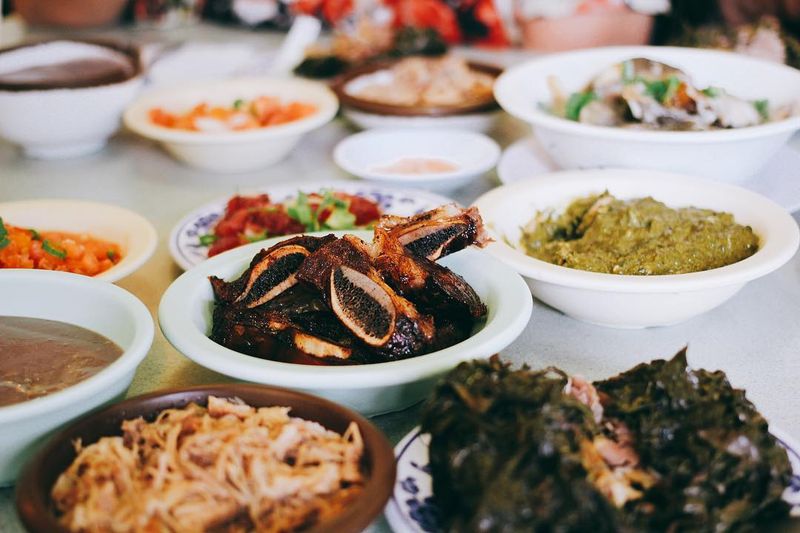
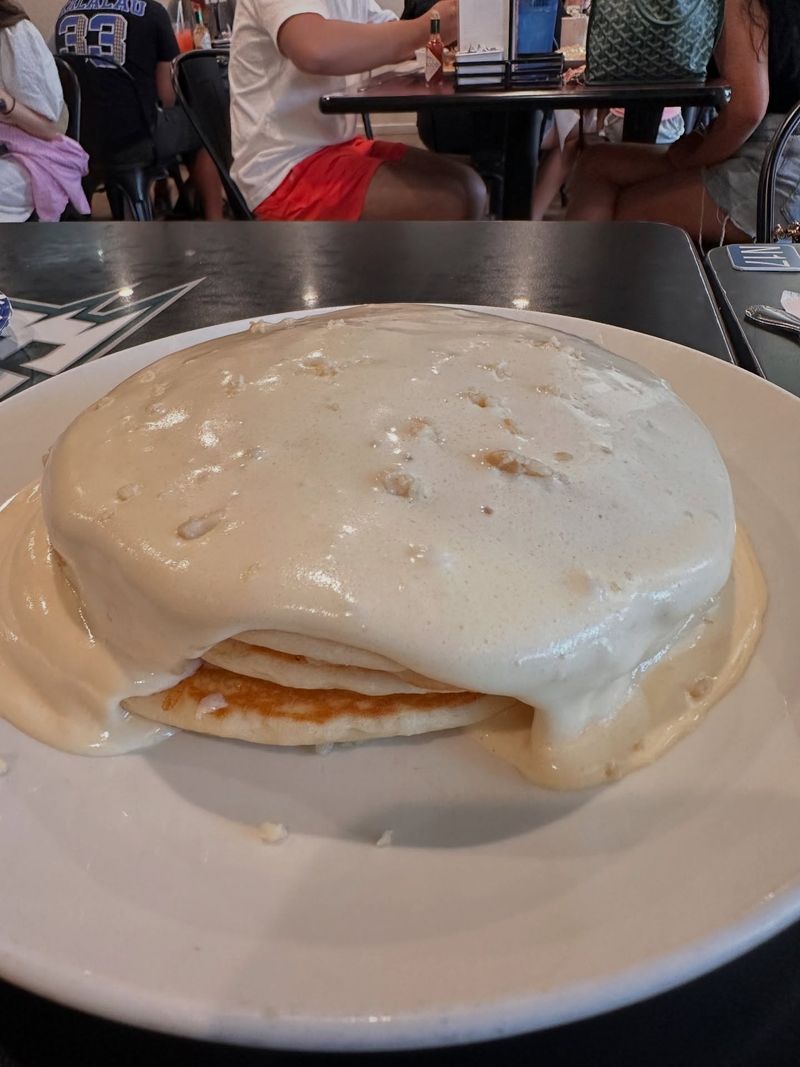
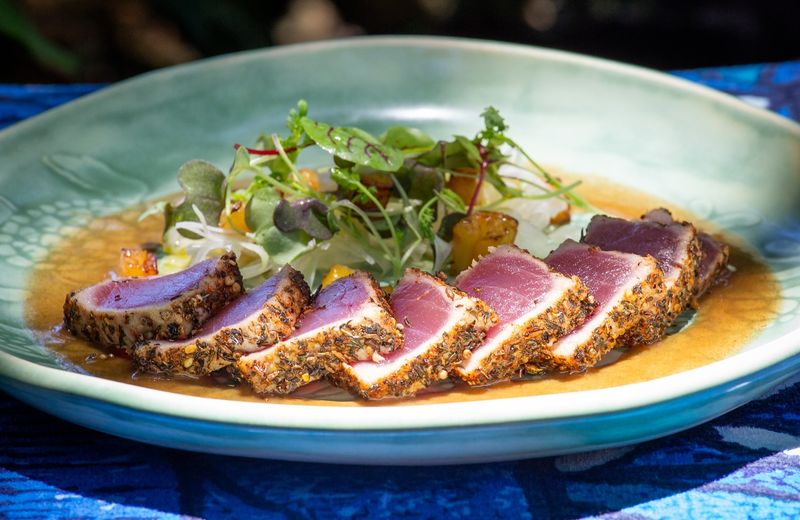
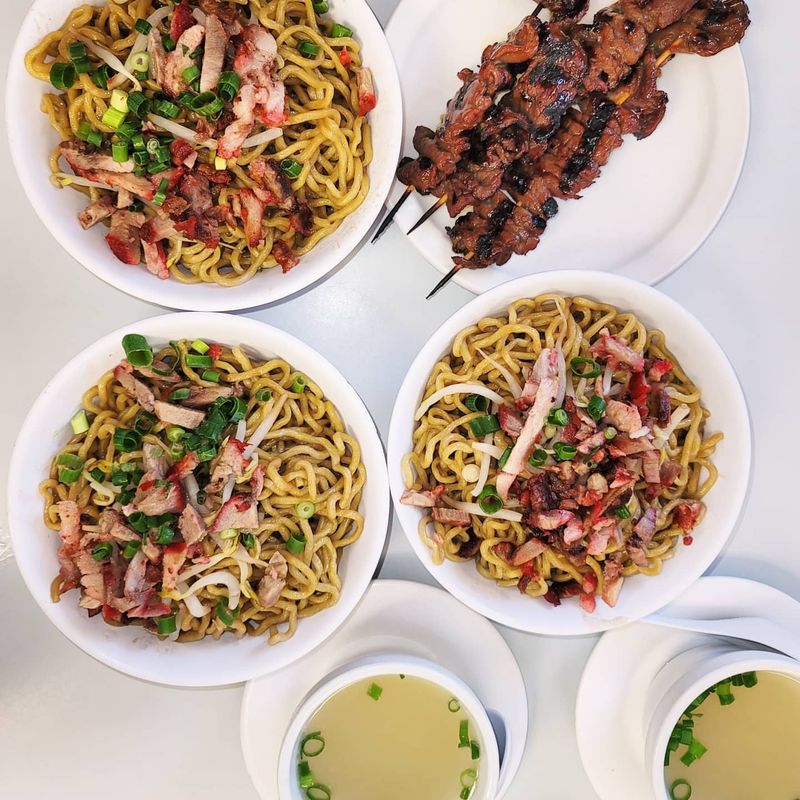
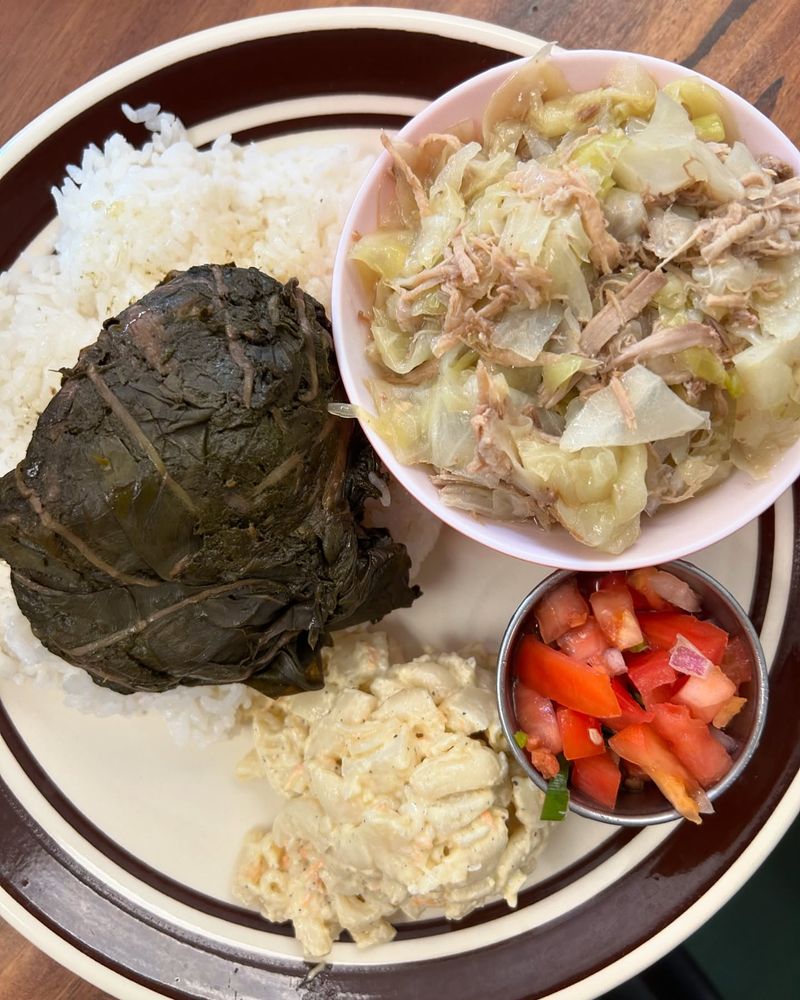
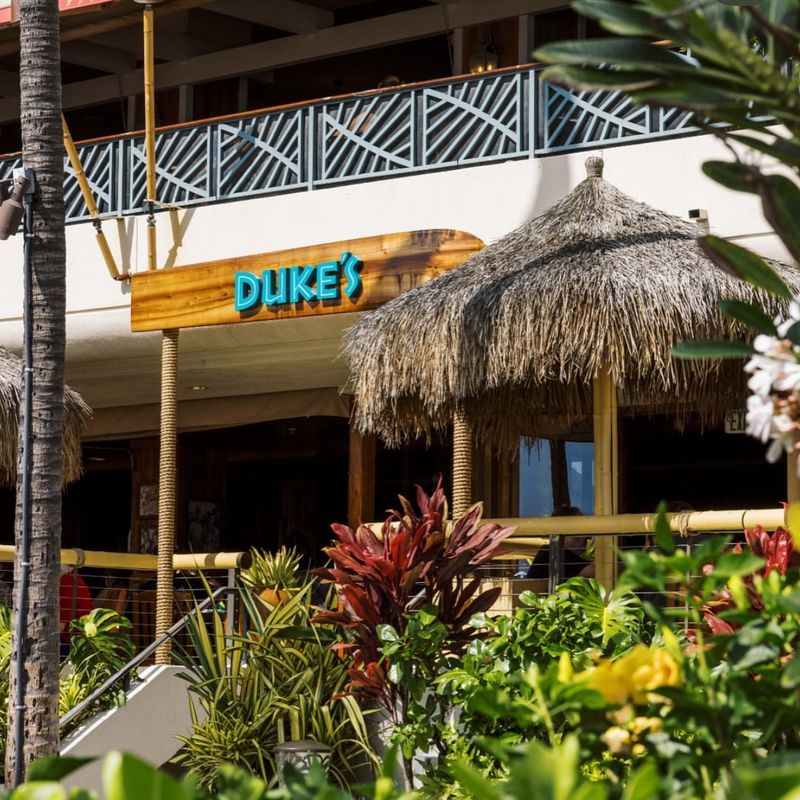
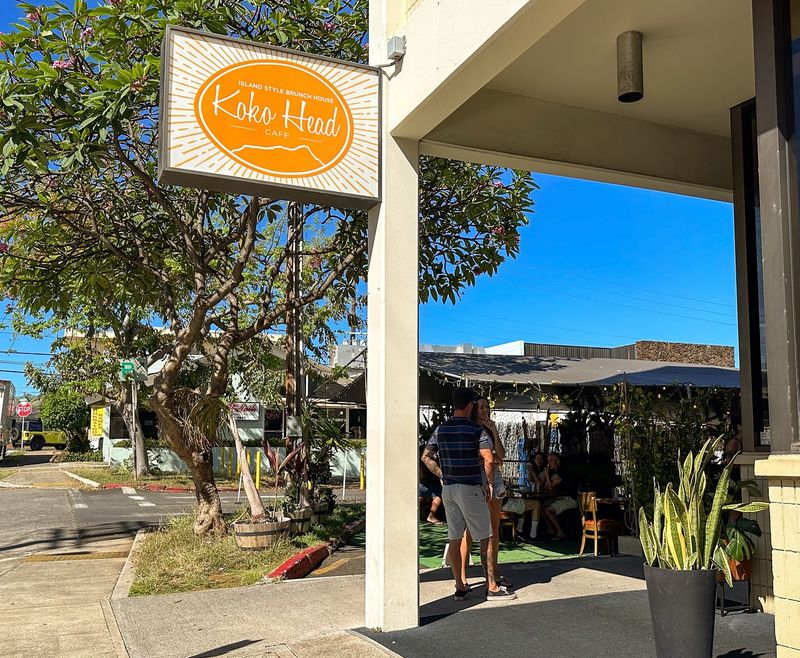
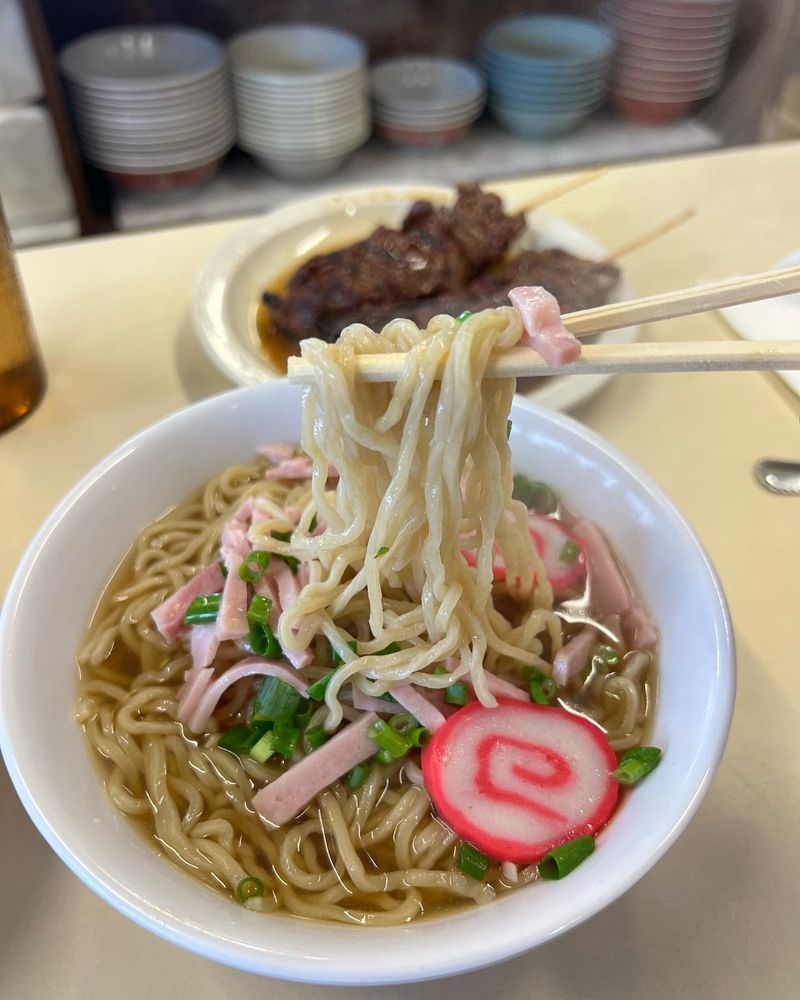
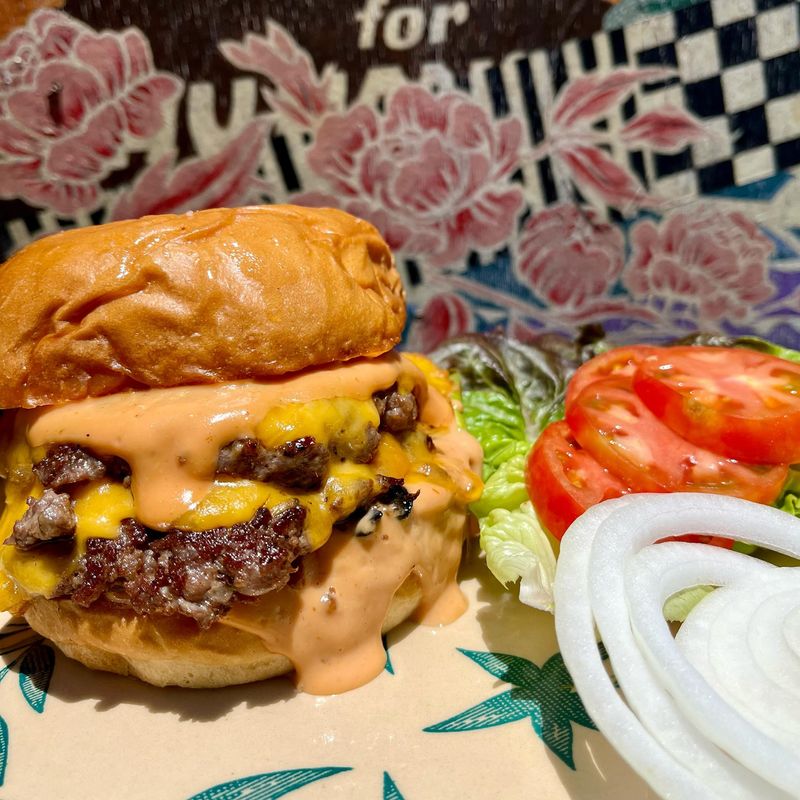
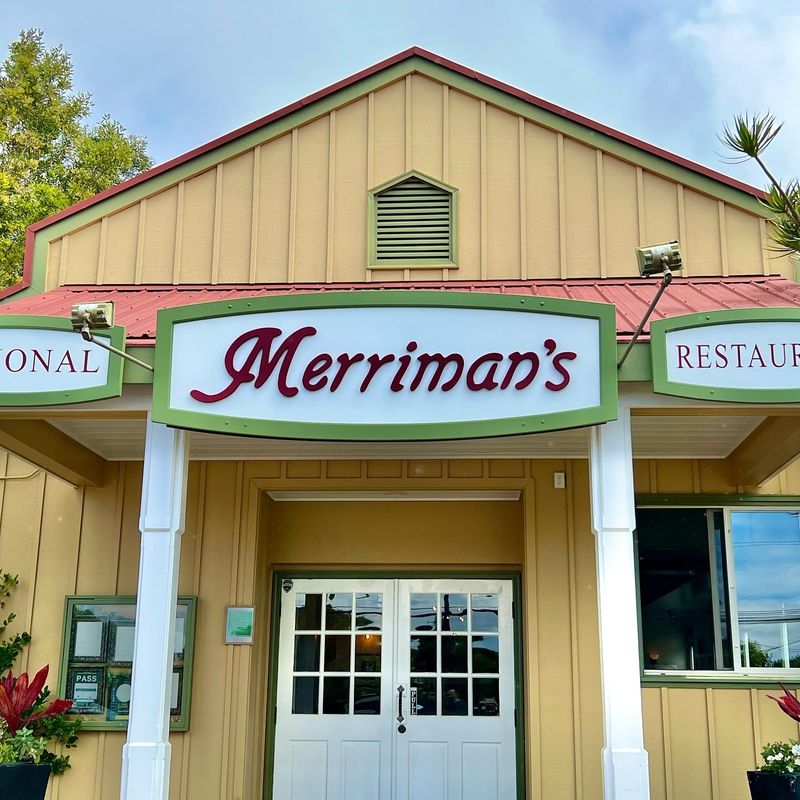
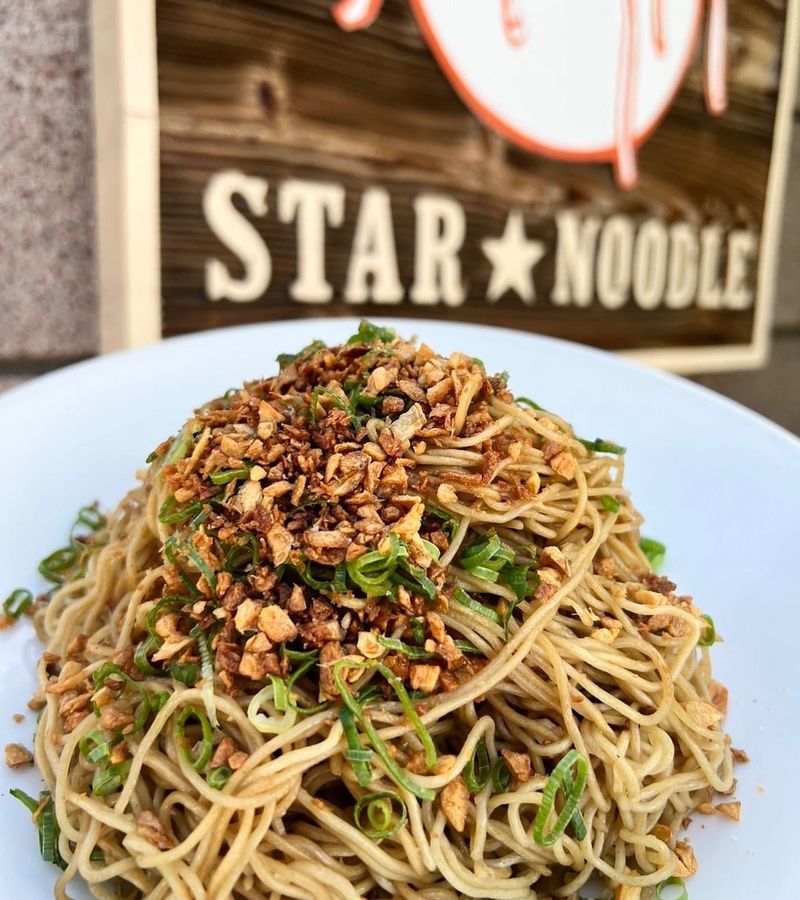
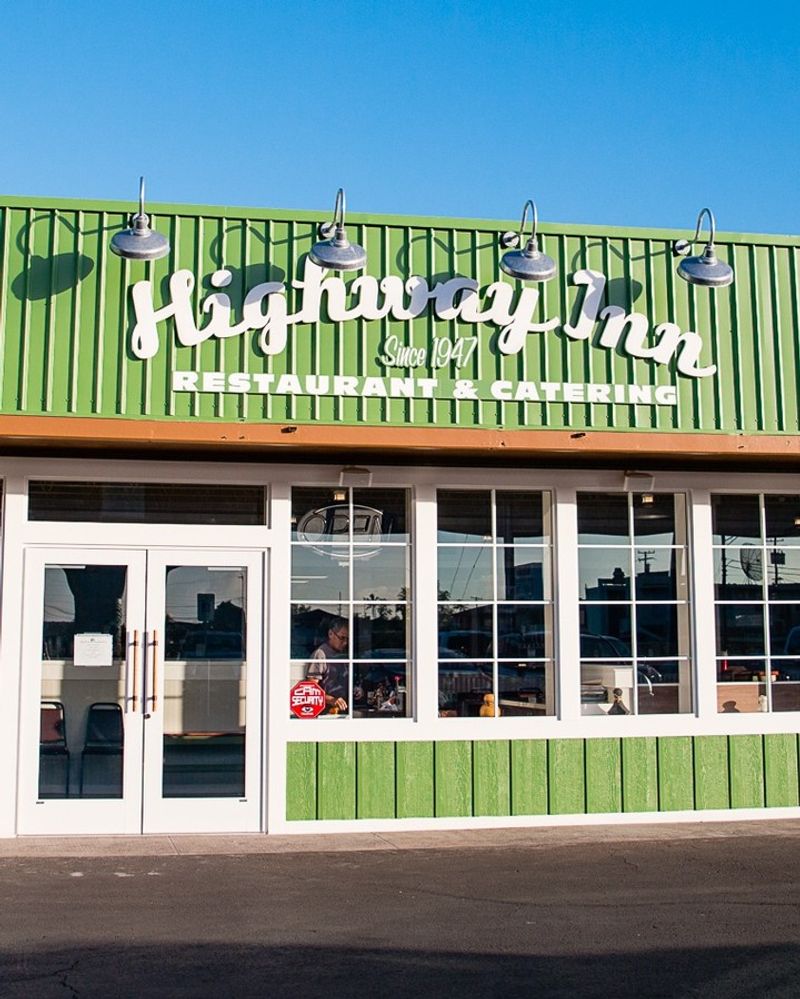
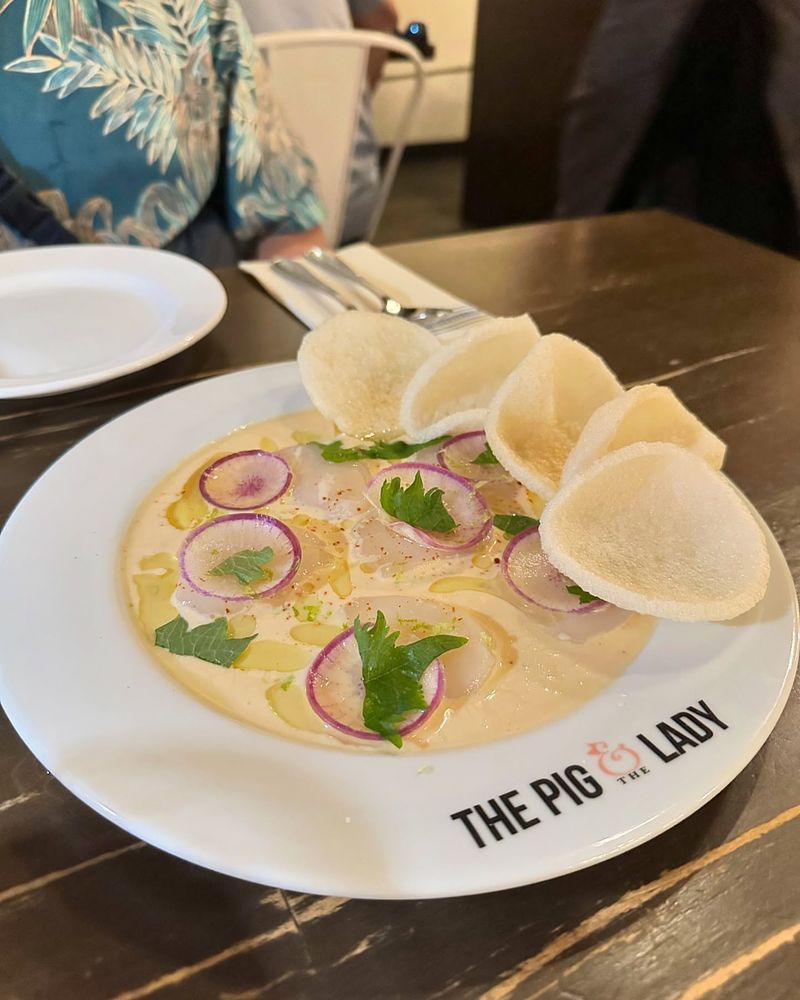
Leave a comment